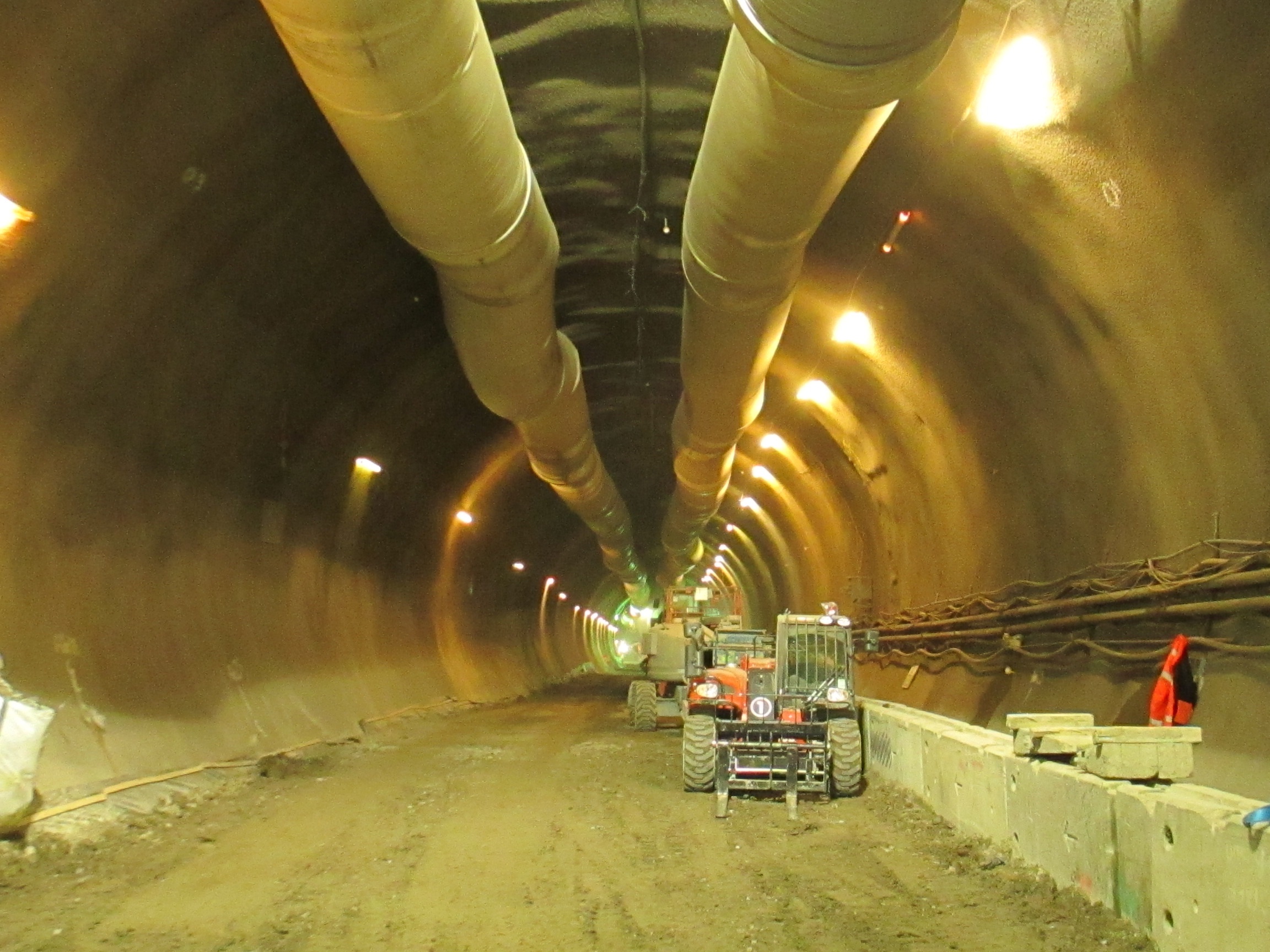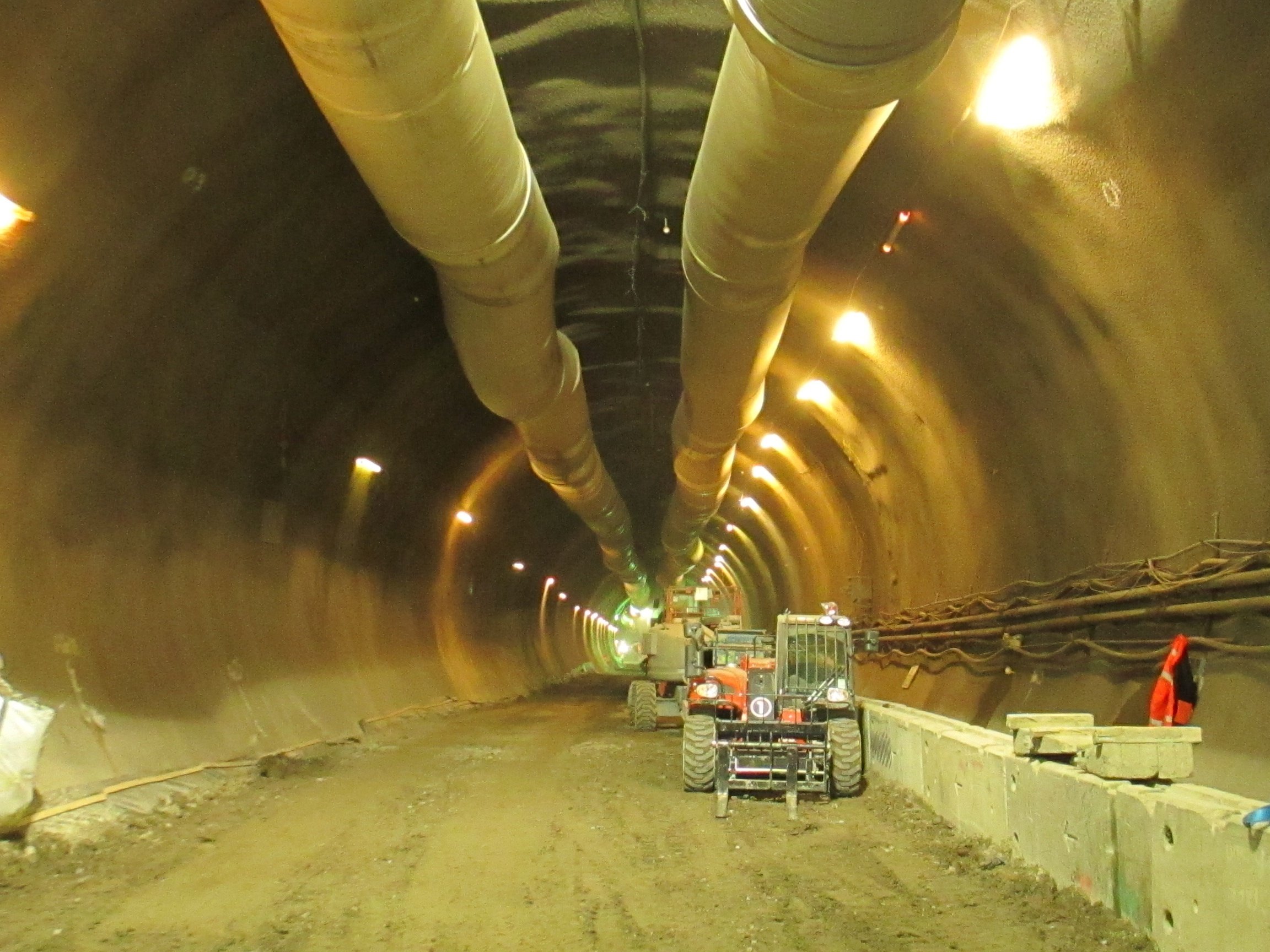What is PI and PA ? Provider Independent and Provider Assigned ?
What is PI and PA ? Provider Independent and Provider Assigned ? In this post, I will explain the important considerations on PI (Provider Independent) and PA (Provider Assigned). In this post, I will explain below points : What is PI and PA ? Why PI and PA addresses are used ? […]
The post What is PI and PA ? Provider Independent and Provider Assigned ? appeared first on Cisco Network Design and Architecture | CCDE Bootcamp | orhanergun.net.


 Huawei’s SD-WAN is not CLI dependent.
Huawei’s SD-WAN is not CLI dependent. Dell EMC’s revenue from HCI totaled about $221 million.
Dell EMC’s revenue from HCI totaled about $221 million.